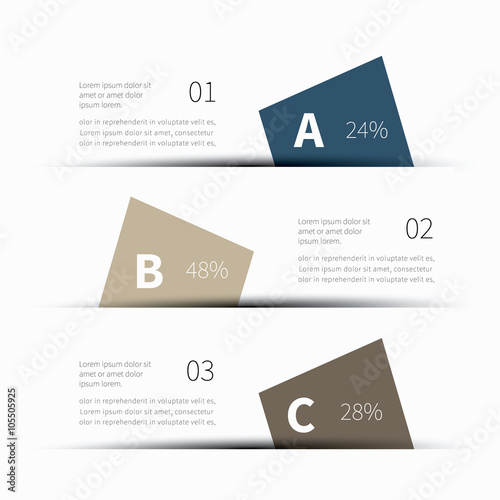How To Allocate Your Floor Covering Task: A Practical Overview
How To Allocate Your Floor Covering Task: A Practical Overview
Blog Article
Author-Craven Kamper
When you're intending a flooring task, budgeting isn't almost choosing a number; it's about understanding what you really require and the expenses included. You'll wish to assess your specific demands, research numerous products, and expect unexpected expenditures. Think of exactly how elements like space objective and setup approaches can influence your budget. However prior to you jump in, there are some vital information you may ignore that could significantly affect your total expenses. Let's discover just how to browse these intricacies and guarantee your project stays on track.
Assessing Your Floor Covering Demands
Prior to diving into your floor covering job, it's critical to examine your floor covering requires. Beginning by considering the specific areas where you intend to set up brand-new flooring. Think of the objective of each space. For example, bathroom and kitchens need water-resistant products, while living locations could take advantage of convenience and aesthetic appeals.
Next, evaluate the existing conditions of your floors. Exist any type of architectural problems, such as unequal surface areas or dampness issues? Dealing with concrete floor can conserve you money and time down the line.
Likewise, bear in mind of the measurements of each space to determine just how much flooring you'll require.
Do not fail to remember to consider your way of living. If you have pet dogs or young children, durability could be your top priority, while a much more official room may call for an elegant finish. In addition, consider your design preferences. Do you prefer a traditional look, or are you attracted to modern-day designs?
Finally, be reasonable concerning how much upkeep you want to commit to. Some materials need more upkeep than others. By understanding your demands clearly, you'll be much better geared up to make educated selections as you move forward with your floor covering job.
Estimating Expenses and Products
Approximating prices and materials is a critical step in your flooring job that can significantly influence your general budget plan. Start by measuring your room precisely to establish just how much flooring you'll need. For the majority of products, you'll locate rates by square foot, so collect quotes from various suppliers to get a realistic number.
Next off, think about https://homeinspectioncost10099.blogdanica.com/32085069/specialist-epoxy-flooring-specialists-make-sure-superior-application-and-longevity-but-what-unusual-benefits-do-they-bring-that-can-transform-your-flooring-experience of flooring you want. Options like wood, laminate, ceramic tile, or carpeting all included different cost points. Study the costs for every and factor in any kind of additional products like underlayment, adhesive, or change strips.
Don't neglect to include devices if you're preparing a DIY installment, as renting or purchasing tools can include in your expenditures.
Labor expenses are another essential consideration. If you're employing professionals, get price quotes from multiple contractors to guarantee you're obtaining a fair rate. Be clear about the scope of job to stay clear of unforeseen costs later.
Last but not least, it's wise to reserve a little percent of your allocate any unanticipated costs related to products. By thoroughly approximating your expenses and materials ahead of time, you'll establish yourself up for a smoother and much more manageable flooring project.
Planning for Hidden Costs
Lots of homeowners neglect the hidden expenses that can emerge during a floor covering job, which can lead to spending plan overruns. To prevent this, you require to plan for prospective added costs.
First, consider the problem of your existing subfloor. If it's damaged or irregular, you'll likely need repair work or progressing, which can add considerably to your general cost.
Next, think of removal and disposal charges for your old flooring. Many specialists bill extra for this solution, so factor that into your budget plan.
Furthermore, don't forget the expenses of underlayment, which might not be included in the preliminary quote however are crucial for a successful installment.
You must additionally plan for unforeseen complications, such as plumbing or electrical work if your flooring job involves moving components. It's a good idea to allot at least 10-15% of your complete allocate these unexpected expenses.
Last but not least, keep in mind that permits may be needed for certain installments. Constantly examine neighborhood guidelines to prevent penalties or hold-ups.
Verdict
To conclude, budgeting for your flooring task is necessary for a successful outcome. By evaluating your requirements, estimating costs, and planning for hidden expenditures, you'll stay clear of shocks and remain on track. Remember to allot a section of your budget for unanticipated expenses and maintain a detailed failure of your expenses. With careful planning and consideration, you'll produce an attractive area that meets your demands without breaking the bank. Satisfied floor covering!
